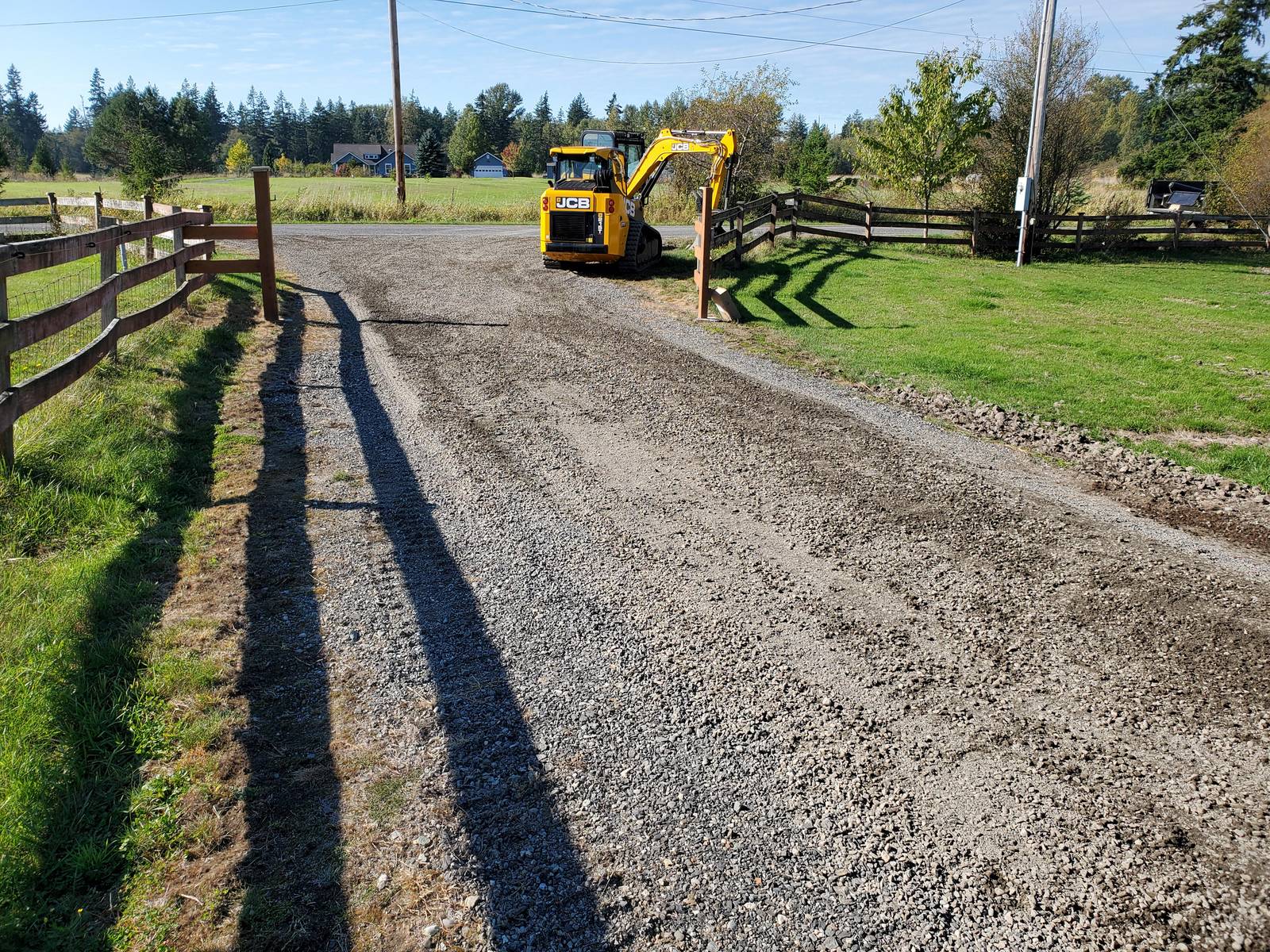Culvert Setup Made Easy: Step-by-Step Overview for Success
Installing culverts may appear like an uncomplicated task, however making sure a successful end result calls for careful planning and implementation. From picking the ideal culvert dimension to incorporating proper drain actions, each step in the setup procedure plays an important role in the capability and long life of the culvert system. By following a systematic method and taking note of key information, the installment can proceed efficiently, lessening prospective problems down the line. Keep tuned to discover the crucial actions and considerations that can make culvert installation a smooth and effective venture.
Picking the Right Culvert Dimension
Selecting the appropriate culvert dimension is vital for making certain effective water circulation and architectural honesty in culvert installment projects - Pad Construction. The dimension of the culvert directly impacts the flow capacity of water through the framework. A culvert that is too little can lead to flooding and overflow, while one that is also big might lead to lowered water velocity, possibly triggering sediment build-up and blockages
To establish the appropriate culvert dimension, factors such as the watershed location, top circulation prices, and hydraulic effectiveness need to be thoroughly considered. Estimations based upon these specifications assist in picking a size that can sufficiently manage the predicted water volume while lessening the danger of obstructions and structural failing.
It is crucial to speak with design guidelines and standards to make certain that the chosen culvert dimension fulfills the job demands and neighborhood regulations (Pad Construction). By picking the right culvert size, job managers can optimize water circulation, prevent possible concerns, and enhance the general performance and durability of the culvert setup
Preparing the Installation Site
Reliable culvert installation requires precise preparation of the installation website to make sure optimal architectural assistance and performance. Prior to beginning the setup procedure, it is important to remove the site of any kind of debris, greenery, or blockages that could restrain the culvert's placement.
In addition, it is essential to consider elements such as dirt structure, groundwater degrees, and environmental influences when preparing the installment website. Carrying out an extensive site analysis can help recognize any kind of potential obstacles or risks that may affect the culvert's efficiency. By making the effort to prepare the installation site correctly, you can aid assure an effective culvert installation that fulfills structural needs and Culvert installation makes sure lasting performance.
Positioning the Culvert Properly

The grade at which the culvert is positioned is critical for preserving an appropriate slope for water flow. Additionally, the culvert needs to be oriented correctly to make sure that the inlet and outlet are in the appropriate locations. Pad Construction.
Backfilling and Compacting the Soil
Appropriate backfilling and compaction of the soil around the culvert is important to make certain stability and prevent potential concerns in the future. When the culvert is properly put, the next vital action is to backfill the location around it with suitable product.
After positioning the backfill material, it is crucial to small it in layers of uniform thickness. Using a compactor or a mechanical meddle, portable the dirt carefully to prevent harming the culvert. Compaction helps in reducing the possibilities of settlement and makes certain uniform assistance around the culvert. It is vital to small the soil uniformly on all sides of the culvert to keep its structural honesty.
Correct backfilling and compaction not just give stability to the culvert yet additionally assist in protecting against soil disintegration and keeping the durability of the culvert system.
Making Sure Appropriate Drainage Assimilation
Integrating reliable drain solutions plays a critical duty in the general performance and long life of culvert installments. Appropriate drainage assimilation is necessary for managing water flow, protecting against erosion, and guaranteeing the structural integrity of the culvert system. To accomplish this, it is essential to make an extensive water drainage strategy that takes into consideration variables such as the quantity of water expected, the topography of the area, and the kind of soil existing.

In addition, including attributes like disintegration control measures, such as riprap or plant life, can even more enhance the efficiency of the drainage system. By carefully preparing and executing these water drainage options, culvert setups can work efficiently and hold up against the test of time.
Conclusion
Finally, correct culvert installation is critical for maintaining effective drainage systems. By picking the best culvert dimension, preparing the installment site, placing the culvert correctly, backfilling and condensing the dirt, and guaranteeing appropriate drainage combination, success can be attained. Following these steps will certainly aid guarantee the long life and efficiency of the culvert, ultimately adding to the total success of the drain system.